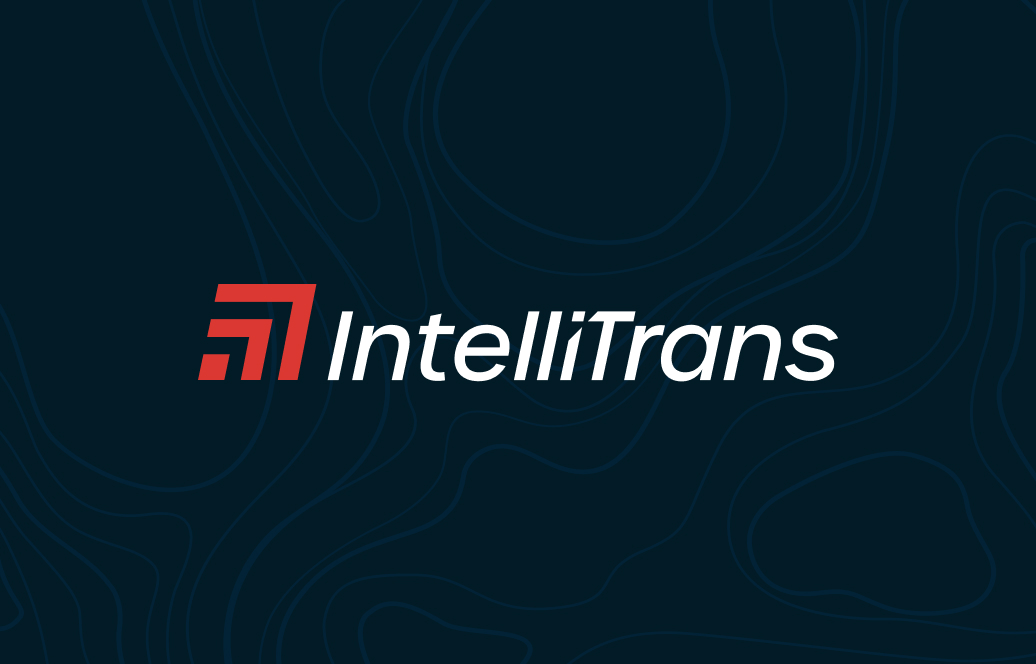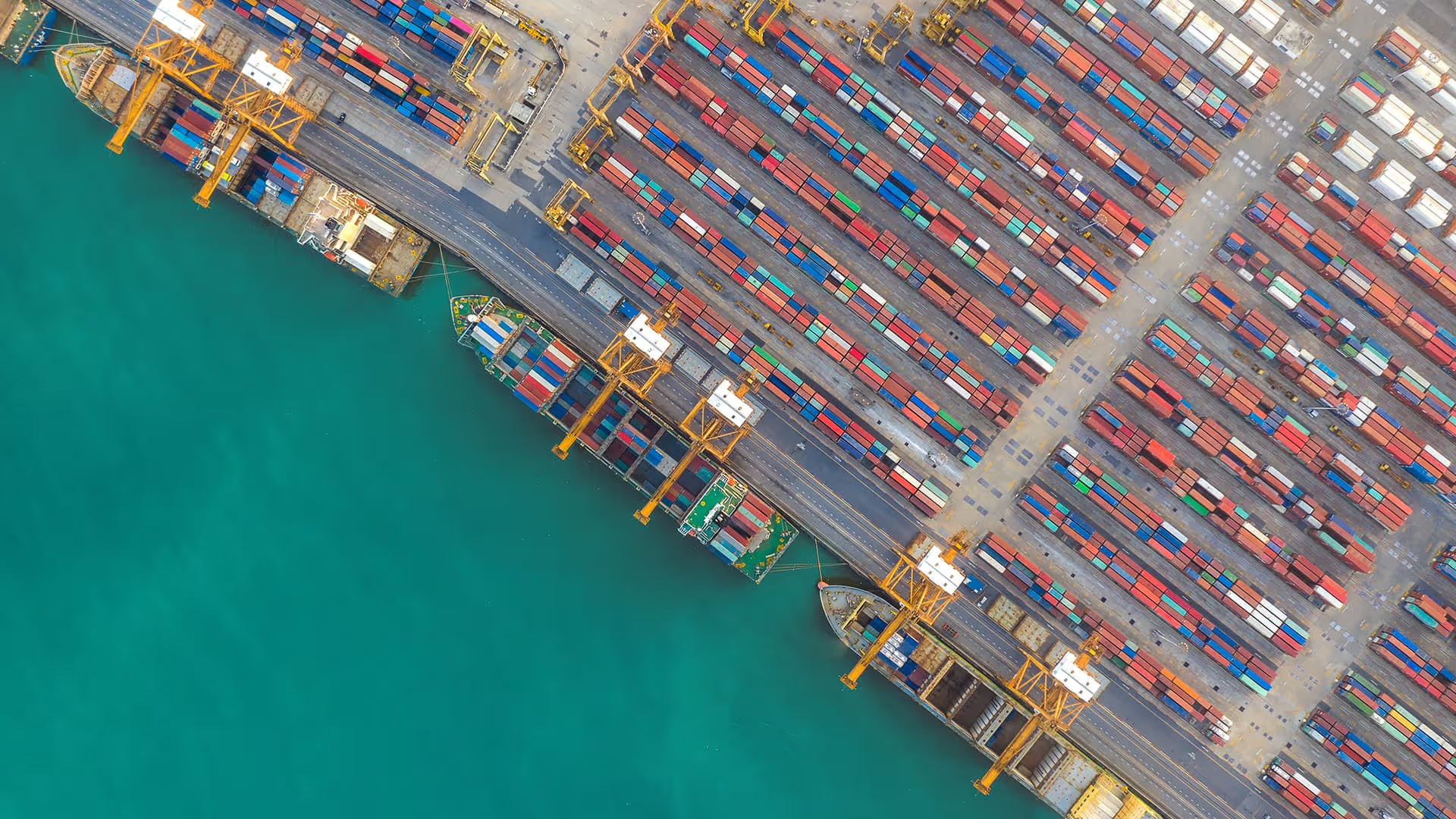

Visibility across your end-to-end supply chain is no longer a “nice to have,” it’s a “must have.” Customers expect accurate ETAs, and they also expect you to know exactly where their shipments are in the supply chain at any point in time. Visibility also supports good collaboration among supply chain partners, connects everyone in the process, and helps improve overall logistics processes.All of these value-adds are critical in any freight market, but they’re especially important at a time when capacity is tight, rates are rising, and overarching issues like COVID-19 continue to impact the transportation environment.

Visibility: The Top Supply Chain Success FactorA complex workflow of many different interlinked processes, the modern supply chain relies heavily on good visibility to operate properly. In a recent EY webcast, the global consultancy discussed how leading organizations are starting to pivot and shift from response to recovery. “However,” it says, “this is easier said than done when enterprises continue to lack true end-to-end supply chain visibility.”Citing one of its recent surveys, EY says supply chain executives see end-to-end visibility as the number onefactor in creating a successful supply chain. Yet, it says just 6% of companies are “very confident” in their systems and capabilities for end-to-end supply chain visibility. “There’s a significant gap between the importance of supply chain visibility and the actual capabilities of most enterprises,” EY points out.“Visibility allows enterprises to identify disruptions up and down the supply chain, and synchronize supply and demand both at the point of sale and at the required time of delivery,” the company continues.“Those with end-to-end visibility can perform what-if analyses and simulations to optimize production and use of materials,” EY adds, noting that with improved visibility, supply chains can deliver 20% to 25% cost savings and reductions in inventory while improving overall service levels.Access to Accurate Data and Full Transparency?COVID-19 put a bright hot spotlight on supply chain visibility and resilience. The two go hand-in-hand, working together to eliminate data silos, eradicate supply bottlenecks, and leverage cognitive insights for good decision-making. This intelligence also helps shippers identify potential risks and stop them in their tracks before they turn into real problems.According to HBR, 68% of product disruptions are a result of poor demand signaling. Amid the current landscape, it says fundamental elements of supply chain success are access to accurate data and transparency into the totality of the supply chain.“Real-time data on the total supply chain enables organizations to accurately identify their intersection of demand and supply, more effectively and sustainably secure product, and better ascertain potential risks with suppliers,” HBR points out.“Using a trusted supply-chain analytics platform delivers the reliable and precise data necessary for organizations to identify areas of product vulnerability and introduce safeguards,” it continues, “whether they’re enduring small disruptions or pandemics.”Why are You Settling for Less?To get true visibility over all of your carriers, you need more than just electronic logging device (ELD) connectivity. You need a partner that has a lot of tricks up its sleeve, and that can break through the 50%-visibility barriers to deliver higher levels of transparency, data, analytics, and other tools needed to achieve the 100% visibility nirvana.Unfortunately, very few technology partners can deliver on their visibility promises. This leaves shippers scrambling to close significant gaps in their information chains—a problem that no customer will tolerate in today’s same-day/next-day Amazon delivery world.The visibility imperative isn’t limited to the consumer space, where Amazon has been driving down delivery times and upping the visibility ante for years. B2B companies delivering goods via break-bulk cargo, for example, are expected to know exactly where shipments are and when they’ll reach their final destinations. Companies that can’t answer these questions quickly will find themselves dealing with unhappy customers and business losses.With IntelliTrans’ truck van onboarding, large carriers (both bulk and flatbed) and freight brokers can connect directly into a visibility platform that provides high levels of transparency and connectivity. By closing a persistent information gap that shippers have historically grappled with, the platform provides true visibility across all carriers—and not just the ones that are using ELDs.
.avif)
100% Supply Chain VisibilityIntelliTrans’ Global Control Tower provides high levels of supply chain transparency; aggregates, completes, and enhances data from a variety of sources; offers visibility into and execution of different aspects of the supply chain; and generates data-driven alerts and analytics that ask deeper questions and deliver meaningful insights.By leveraging tracking information, the Global Control Tower provides analytics that measures key performance indicators (KPIs) like fleet cycle time, origin/destination dwell time, lane and hauler performance, back orders, freight spend, load optimization, and more. With their rate, equipment, lease, tracking, and invoice data in a central repository that’s accessible 24/7, companies can position themselves for success in any market conditions.